Bearing fault analysis and troubleshooting are indispensable components of machinery maintenance, ensuring the reliability and longevity of rotating equipment. This in-depth exploration delves into the intricacies of identifying bearing faults, understanding the root causes, implementing effective troubleshooting strategies, and leveraging advanced technologies for precise fault analysis.
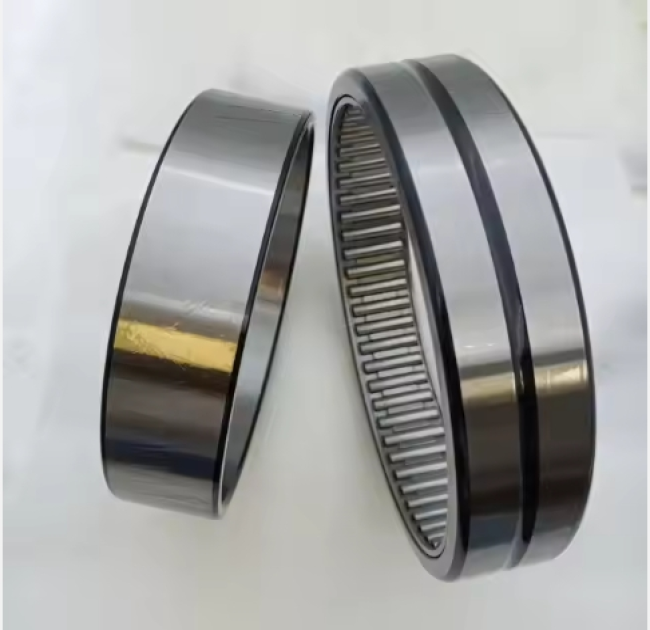
1. Identifying Common Bearing Faults:
Understanding the various types of bearing faults is crucial for accurate diagnosis and targeted troubleshooting.
1.1. Wear and Abrasion:
Wear and abrasion manifest as a gradual reduction in bearing material, leading to increased clearances and diminished performance.
1.2. Fatigue and Pitting:
Fatigue and pitting occur due to cyclic loading, resulting in the formation of small craters on bearing surfaces, compromising structural integrity.
1.3. Misalignment:
Misalignment causes uneven loading on bearings, leading to accelerated wear and increased risk of other faults such as spalling.
1.4. Contamination:
Contamination by particles or moisture can lead to abrasive wear, corrosion, and ultimately, bearing failure.
2. Root Cause Analysis:
Accurate fault analysis requires a comprehensive understanding of the root causes behind each type of bearing fault.
2.1. Operational Conditions:
Analyzing the operating conditions, including load, speed, and temperature, provides insights into potential causes such as overloading or inadequate lubrication.
2.2. Lubrication Practices:
Faults related to lubrication often stem from improper lubricant selection, inadequate replenishment, or contamination, necessitating a detailed review of lubrication practices.
2.3. Installation and Mounting:
Inaccurate installation, misalignment during mounting, or insufficient clearance settings can contribute to various bearing faults, requiring a meticulous assessment of installation procedures.
3. Advanced Technologies in Fault Analysis:
Embracing cutting-edge technologies enhances the precision and efficiency of bearing fault analysis.
3.1. Vibration Analysis:
Utilizing vibration analysis tools provides real-time insights into bearing conditions, allowing for early detection of abnormalities and potential faults.
3.2. Infrared Thermography:
Infrared thermography enables the detection of temperature differentials, pinpointing potential issues related to friction, misalignment, or inadequate lubrication.
3.3. Acoustic Emission Analysis:
Acoustic emission analysis detects high-frequency signals emitted by bearings, offering a non-intrusive method for identifying developing faults.
4. Troubleshooting Strategies:
Effective troubleshooting is essential for addressing identified faults and preventing further damage.
4.1. Immediate Inspection:
Upon identifying a fault, conducting an immediate inspection helps assess the extent of damage and determine the appropriate course of action.
4.2. Lubrication Adjustment:
Adjusting lubrication practices, including replenishing the correct amount of lubricant or upgrading to a more suitable type, addresses faults related to lubrication issues.
4.3. Alignment Correction:
Correcting misalignments through precise adjustments minimizes wear and tear, preventing further damage and extending bearing life.
4.4. Replacement of Damaged Bearings:
In cases of severe damage, timely replacement of damaged bearings is crucial to prevent catastrophic failure and ensure continued operational reliability.

5. Proactive Maintenance Strategies:
Implementing proactive maintenance strategies reduces the likelihood of bearing faults and extends the overall lifespan of machinery.
5.1. Condition Monitoring Programs:
Establishing regular condition monitoring programs, incorporating vibration analysis, thermal imaging, and other advanced techniques, provides early warnings and facilitates timely intervention.
5.2. Predictive Maintenance:
Adopting predictive maintenance methodologies based on data-driven insights helps anticipate bearing faults, allowing for planned interventions and minimizing unplanned downtime.
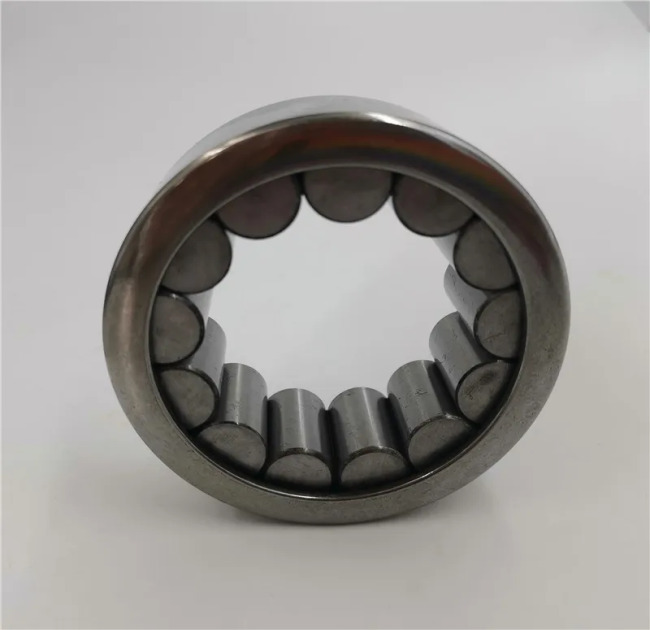
In conclusion, bearing fault analysis and troubleshooting are integral aspects of maintaining precision and reliability in rotating machinery. A meticulous approach to identifying common faults, analyzing root causes, and implementing effective troubleshooting strategies ensures the longevity of bearings and minimizes the risk of unexpected failures. With the integration of advanced technologies, the landscape of fault analysis is evolving, enabling more accurate and proactive maintenance practices. By combining traditional expertise with cutting-edge tools, industries can navigate the intricate world of bearing maintenance with precision and confidence, ushering in an era of heightened operational efficiency and reduced downtime.
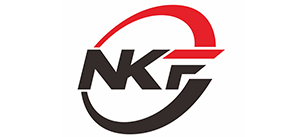
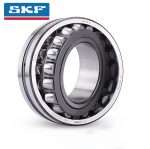 SKF Bearing
SKF Bearing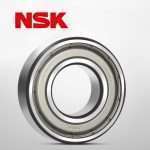 NSK Bearing
NSK Bearing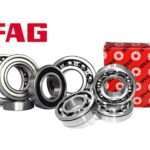 FAG Bearing
FAG Bearing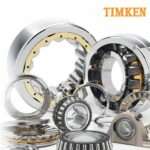 TIMKEN Bearing
TIMKEN Bearing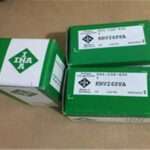 INA Bearing
INA Bearing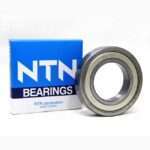 NTN Bearing
NTN Bearing

